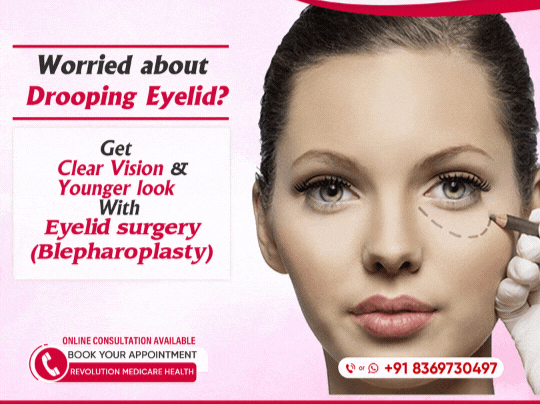The technique of blepharoplasty involves removing extra skin from the eyelids. The procedure is performed to remove extra skin from the upper eyelids and to minimize bagginess in the lower eyelids. It's also referred to as an eyelift.
Although the procedure is mostly performed for cosmetic reasons, it can also be used to correct specific eyesight disorders.
What Can Be Fixed with Eyelid Surgery?
As we age, our skin gradually loses its suppleness, resulting in sagging. Eyelid surgery is done to correct sagging eyelids for both medical and cosmetic reasons.
Who's a good candidate for blepharoplasty?
Patients must be in excellent health and also have a reasonable expectation of what the operation may achieve. The majority of the patients were 45 years or older, while some people choose to have surgery sooner if their eyelids are obstructing their vision.
Is Eyelid Surgery Risky?
Although certain adverse effects such as edema, dry eyes, UV sensitivity, and infection are possible, the risks of eyelid surgery are relatively low. Your surgeon, on the other hand, will be able to minimize any procedure-related adverse effects.
What happens during the procedure?
- The client is put under anesthesia before the procedure begins. Before an operation, the surgeon measures the patient's eyes and tests their tear gland to ensure the process goes successfully.
- During the procedure, the physician makes an incision in the upper eyelid's natural creases. Underneath the lower lashes of the lower eyelid, a comparable incision is created. During the operation, the excess fat deposition and skin are removed, resulting in the straightening of the body of the patient.

